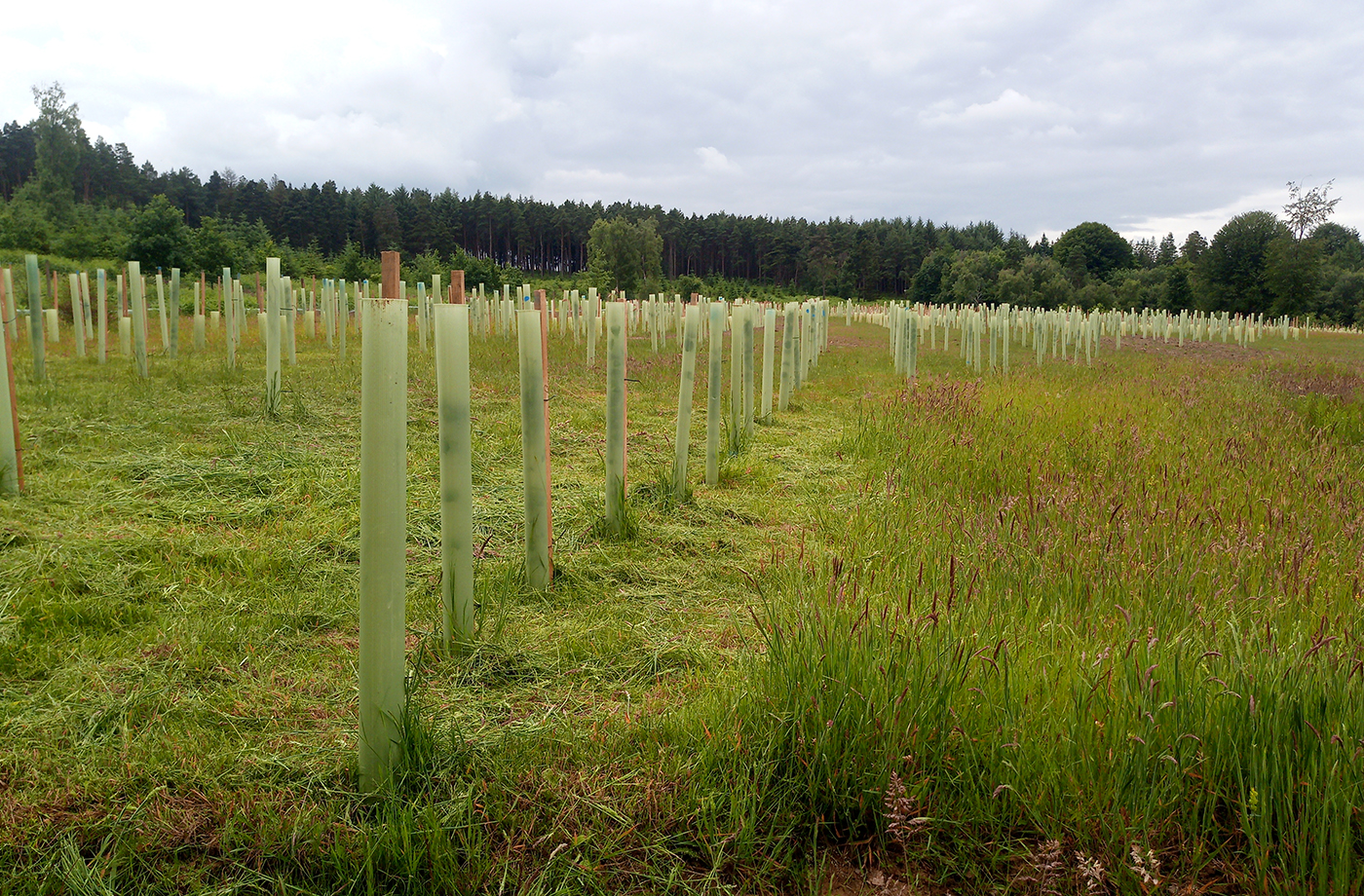Timber as part of the circular economy; the safest and most effective carbon store.
Currently, the construction industry represents around 10% of total UK carbon emissions and directly contributes to a further 47%. As a result, the industry finds itself in a position of great responsibility and influence with regards to the nation’s climate change efforts.
As timber trees grow, they naturally absorb carbon, which continues to be stored when the material is transformed into structural timber products. Timber absorbs and stores more carbon than it emits during processing and installation. These engineered solutions act as an effective carbon store when used as part of a building. When the building has reached the end of its use, this stored carbon can either be re-used as fuel, or will naturally filter back into the soil. By comparison, the use of concrete and steel within construction leads to considerably more energy and carbon usage. To this end, a report published by Chatham House (Making Concrete Change: June 2018) show that cement is the source of 4-8% of total global carbon dioxide emissions. Conversely, more carbon dioxide is absorbed and stored within timber products than is emitted during its harvesting process, manufacturing and transportation combined.
In fact, when used instead of other building materials, a single cubic metre of timber will save around 0.8 tonnes of carbon dioxide emissions. With such strong green credentials, it’s clear to see why so many organisations are embracing timber. Not only does the material provide strength and aesthetic beauty, but offers an effective solution in battling climate change. In fact, boroughs like Hackney in East London are now demanding a ‘timber first’ policy when it comes to building specifications. Similarly, the French government recently announced new sustainability legislation to help make the country carbon-neutral by 2050. The new law, which becomes enforceable in 2022, will mandate that all new public buildings in France are built from at least 50% timber, or other natural materials.



